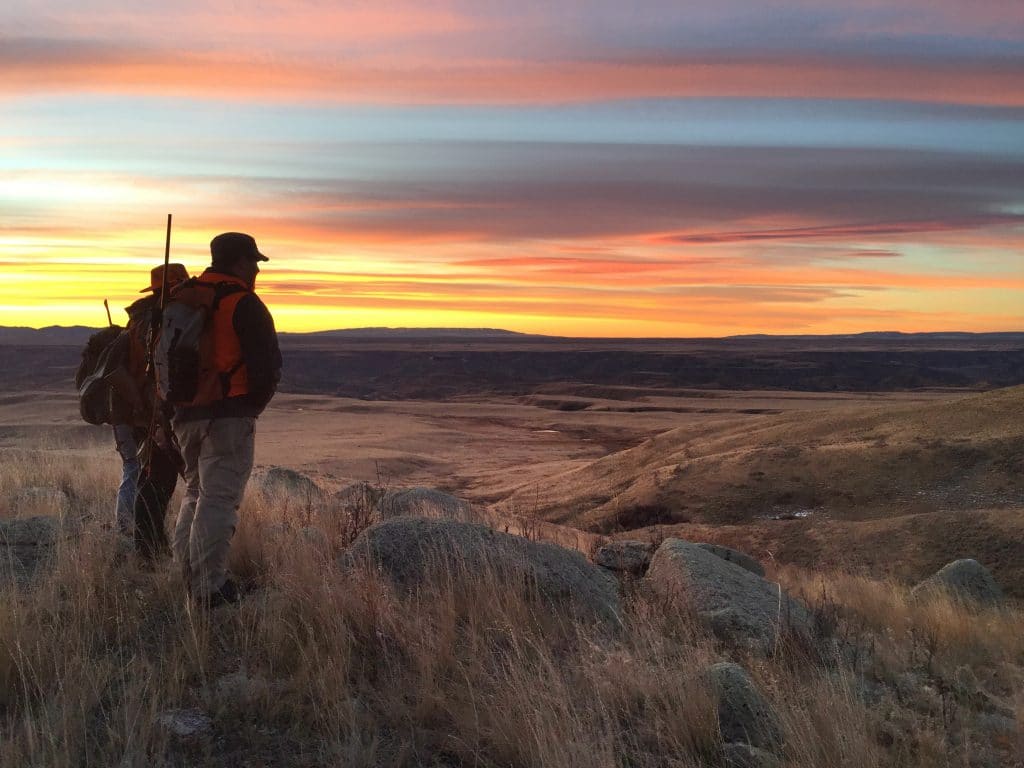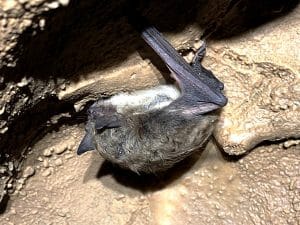
Many people have never heard of two of the most important conservation laws of the 20th century: the Pittman-Robertson Wildlife Restoration Act of 1937 and the Dingell-Johnson Sportfish Restoration Act of 1950. But hunters and anglers know these laws well, since they have provided the foundation for game and sportfish conservation for decades. Under P-R and D-J (as the laws are known), the federal excise taxes on guns, ammunition, archery equipment, and fishing gear are dedicated to conserving fish and wildlife and providing access for the public to enjoy the resources. These dollars are kept out of the federal budget, helping ensure that wildlife management avoids the dysfunction that plagues our political system.
Passage of the Pittman-Robertson Act was one of the National Wildlife Federation’s first major accomplishments, and the Montana Wildlife Federation was there from day one. We also helped pass Dingell-Johnson Act as well.
Just like the hunting license model at the state level, Pittman-Robertson and Dingell-Johnson embody a “user-pays” system in which hunters and anglers finance wildlife management. Over the last 80+ years, these programs have provided the foundation for the recovery and management of our most treasured game and sportfish species. From mule deer to pronghorn to cutthroat trout – animals that were on the brink of extinction a century ago are now abundant.
While many hunters and anglers know that their excise tax dollars go into Pittman-Robertson and Dingell-Johnson, the programs are not well known to the general public. In addition, because Pittman-Robertson and Dingell-Johnson are funded by taxes on hunters and anglers, Americans who don’t hunt and fish aren’t contributing to the program’s work to protect our wildlife heritage. Hunters and anglers are shouldering almost the entire burden of funding wildlife management. While most of us are glad to do so, we can’t do it alone – and we shouldn’t have to.
The Recovering America’s Wildlife Act (HR 3742) would build upon – and expand – the success of this model by dedicating $1.4 billion of federal funding to conserve at-risk species, which are primarily the non-game fish and wildlife that currently lack adequate funding. This bold legislation presents an opportunity to build the “third leg” of the American wildlife conservation funding system: providing a way for all Americans to support wildlife conservation alongside hunters and anglers.
The Recovering America’s Wildlife Act is the direct result of a recommendation from a Blue Ribbon Panel that included leaders from hunting organizations, other conservation groups, wildlife agencies, businesses, and even the oil and gas industry. Montana Fish, Wildlife and Parks would see more than $29 million in new funding as a result of this program.
If conservationists, wildlife managers, the oil and gas industry, and outdoor businesses can find common ground, our political leaders should be able to take action to adopt their recommendations. The Recovering America’s Wildlife Act was introduced by Representatives Debbie Dingell (D-Michigan) and Jeff Fortenberry (R-Nebraska) and 60 cosponsors of both parties. That unprecedented about of bipartisan support speaks to how important this issue is.
We need to act now to carry the legacy of Pittman-Robertson and Dingell-Johnson into the next century and enact dedicated funding to prevent all of our wildlife from becoming endangered.
Take Action: Ask Rep. Greg Gianforte to Support HR 3742!


